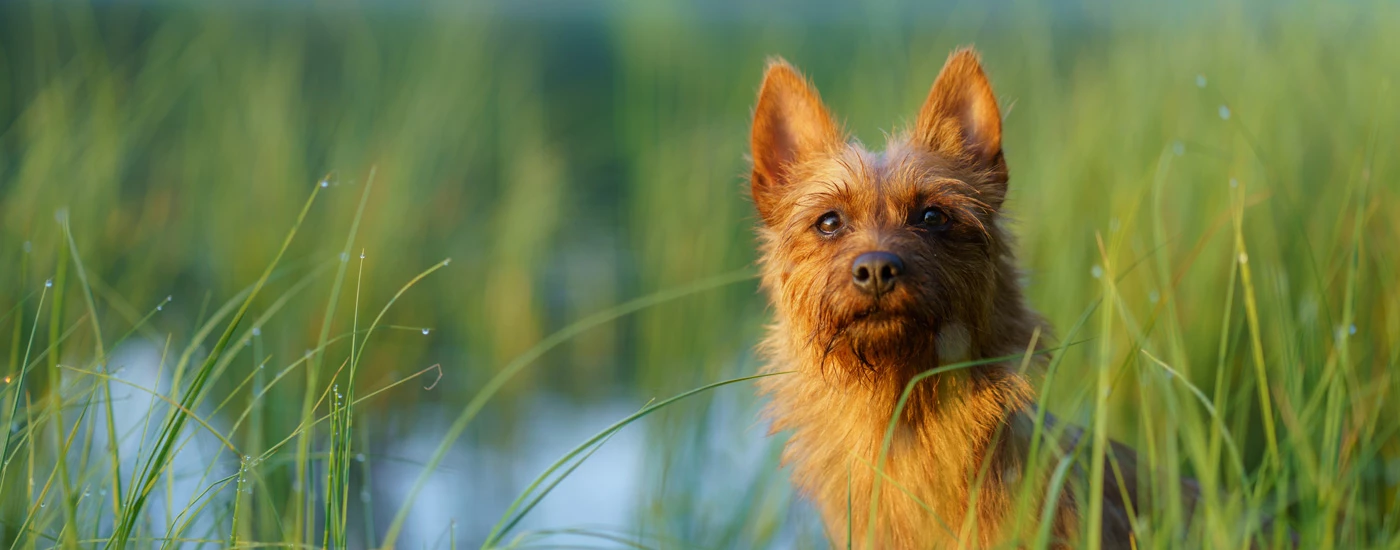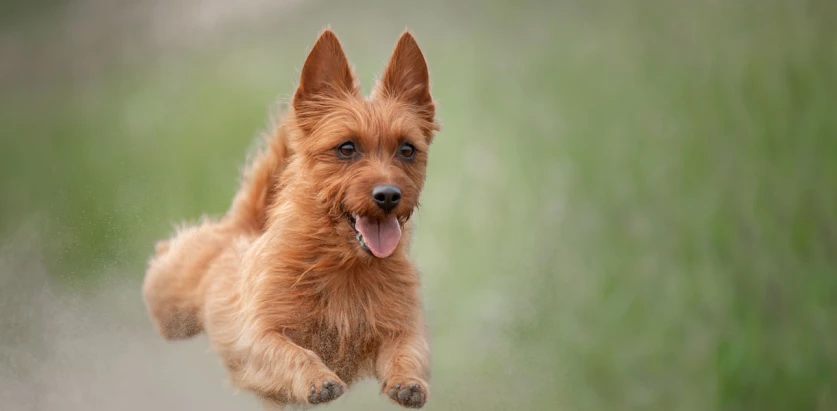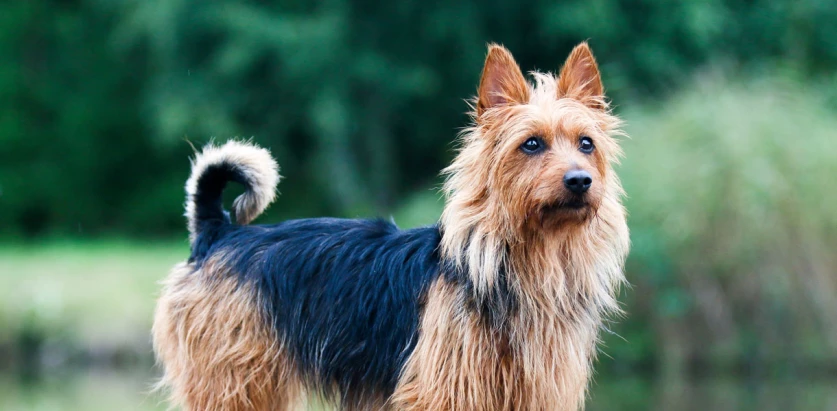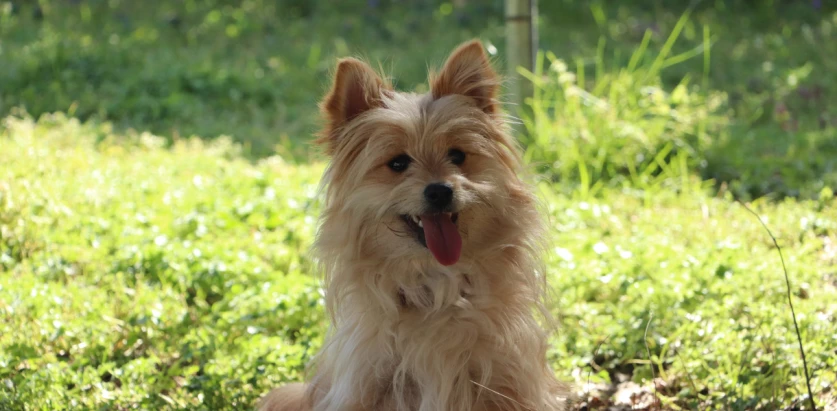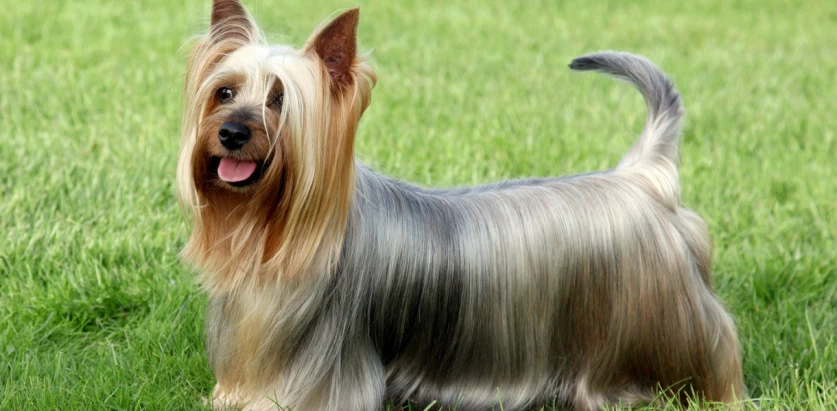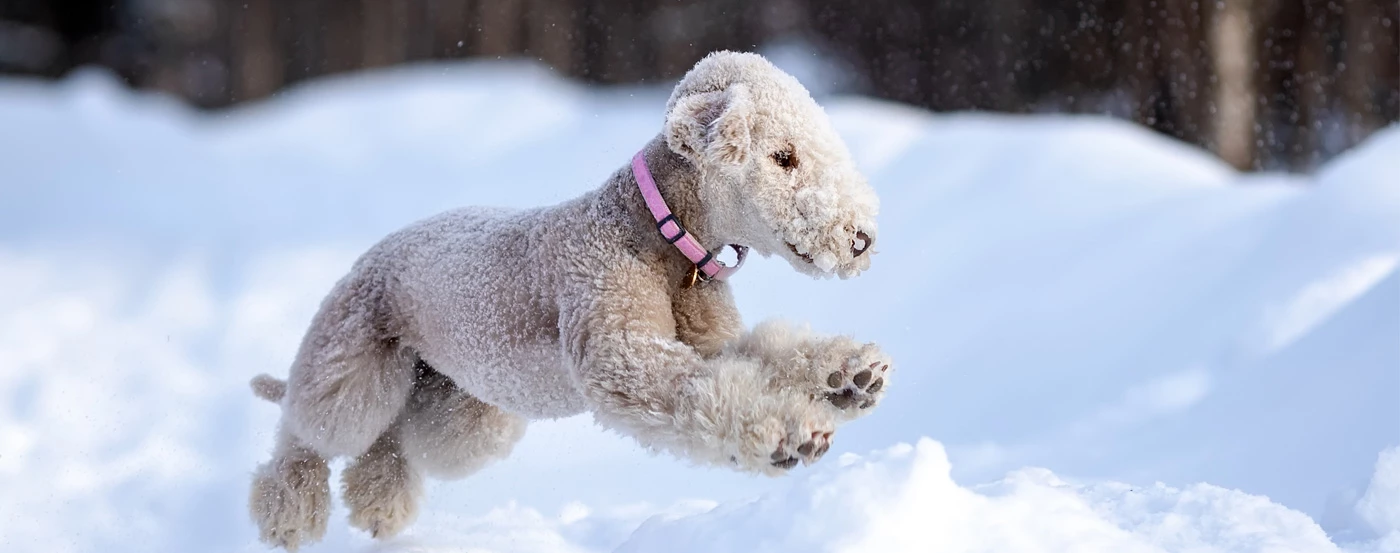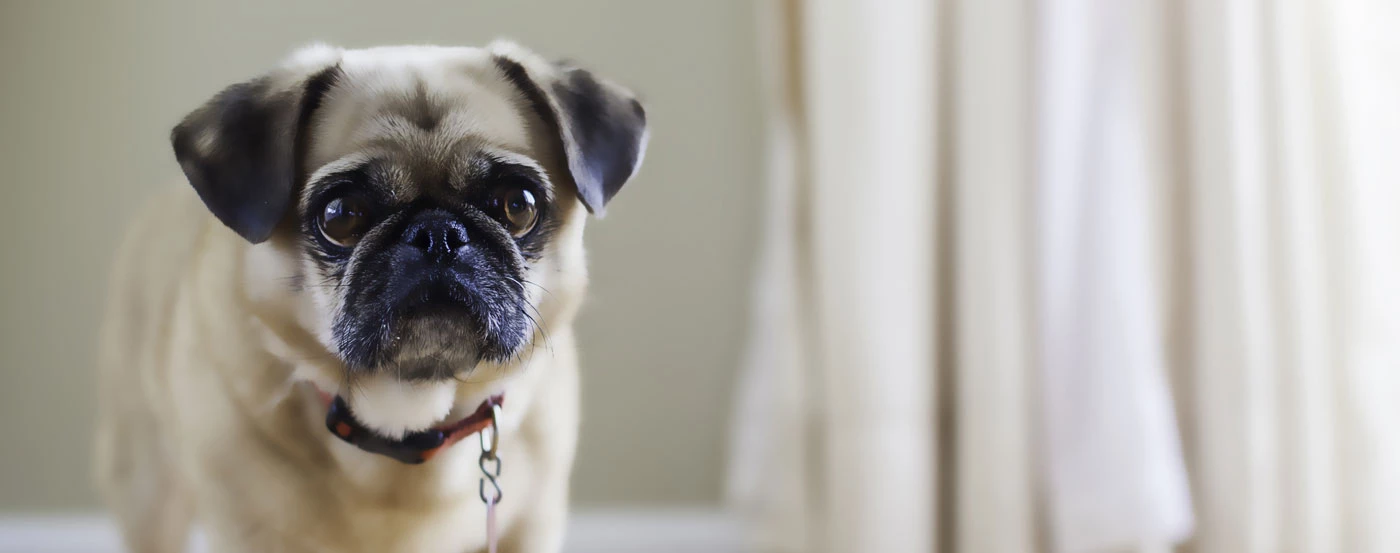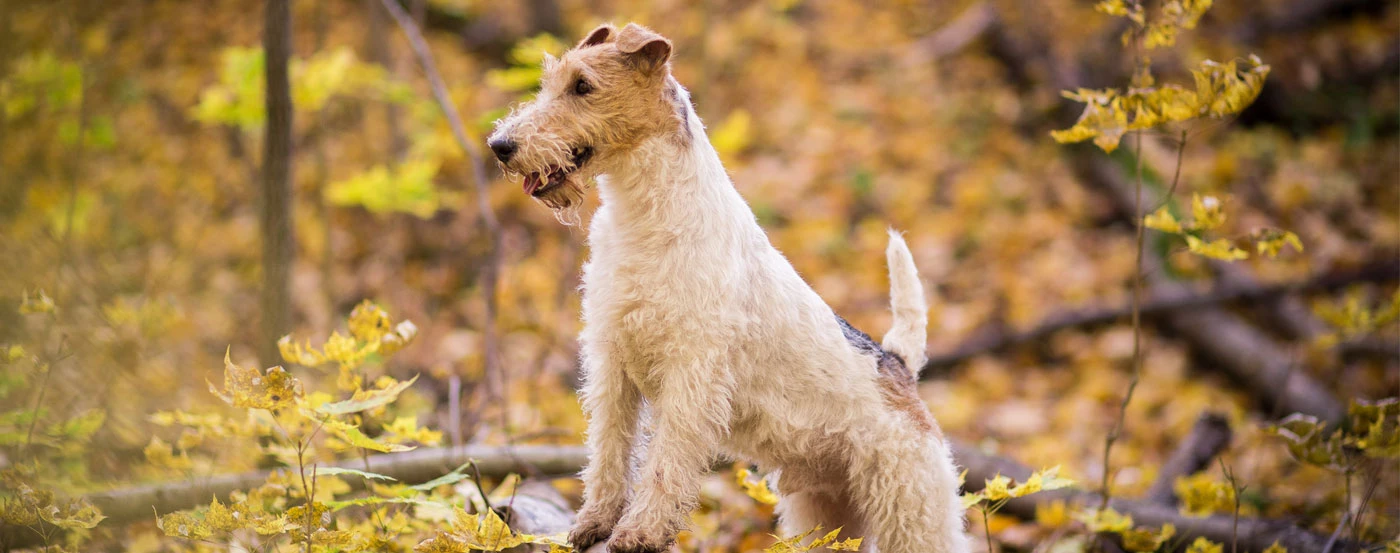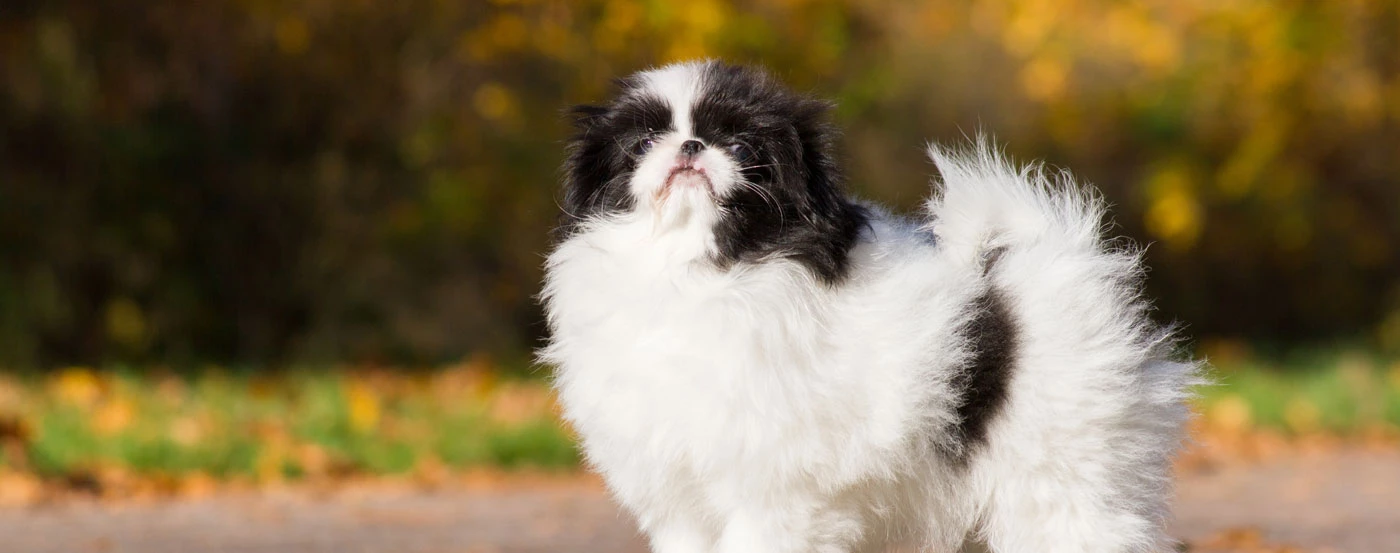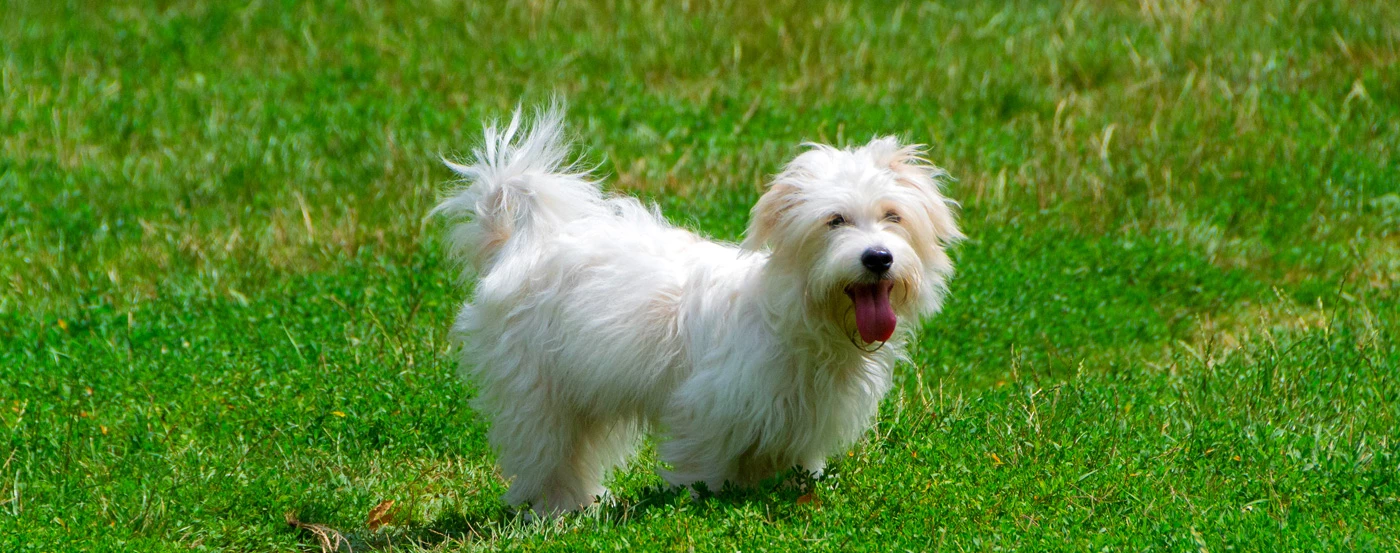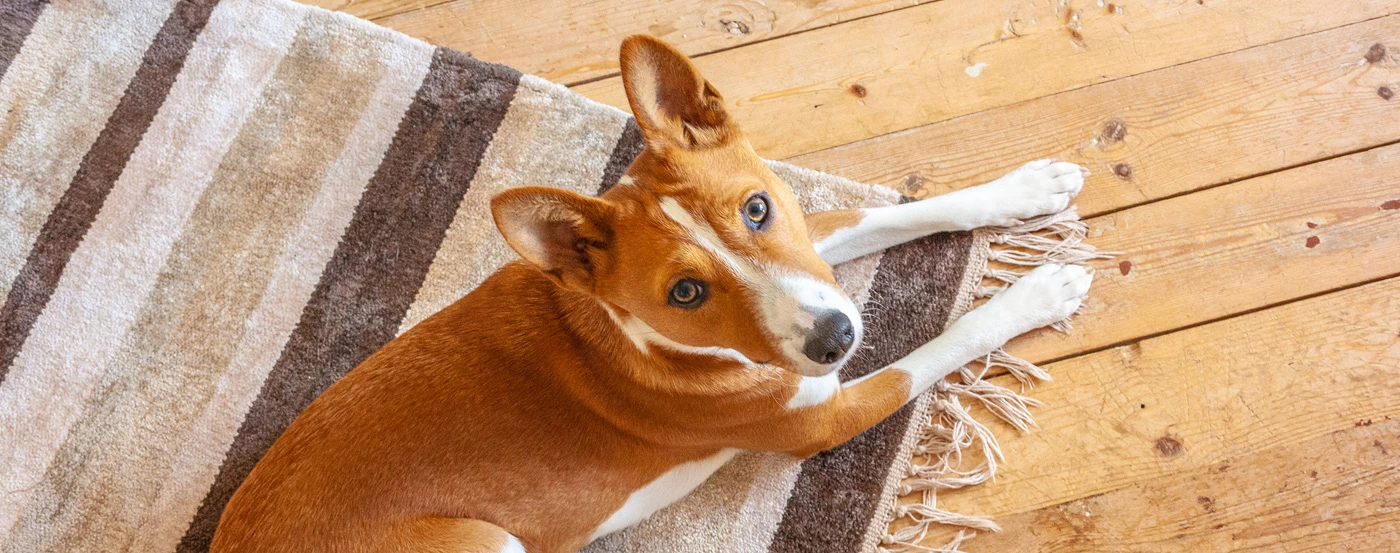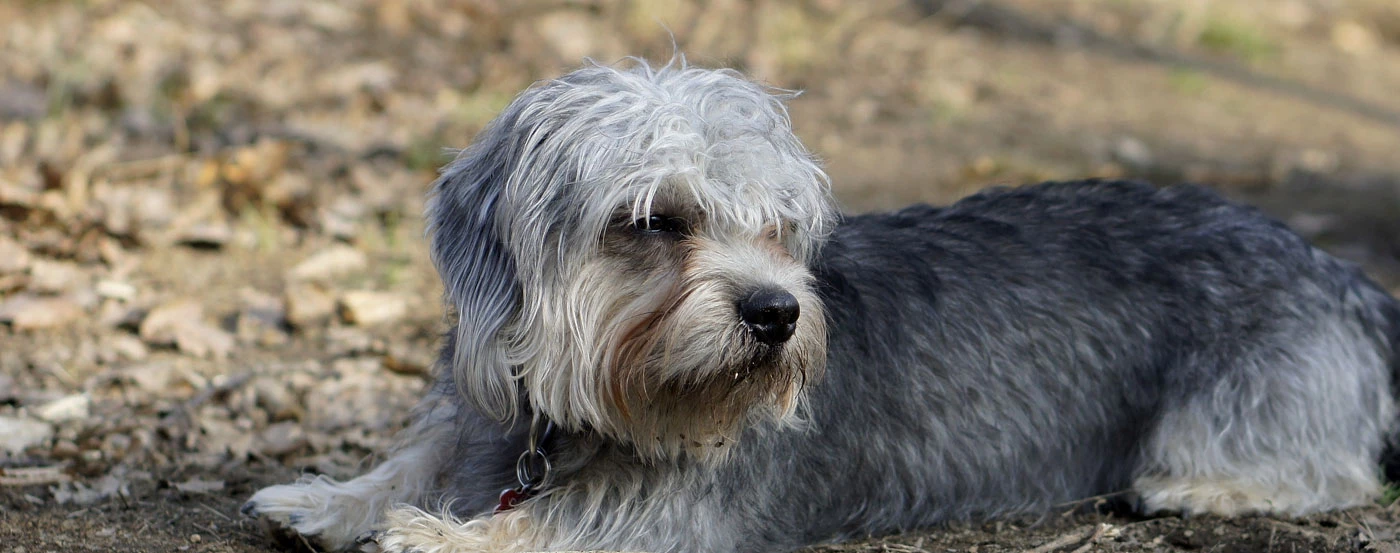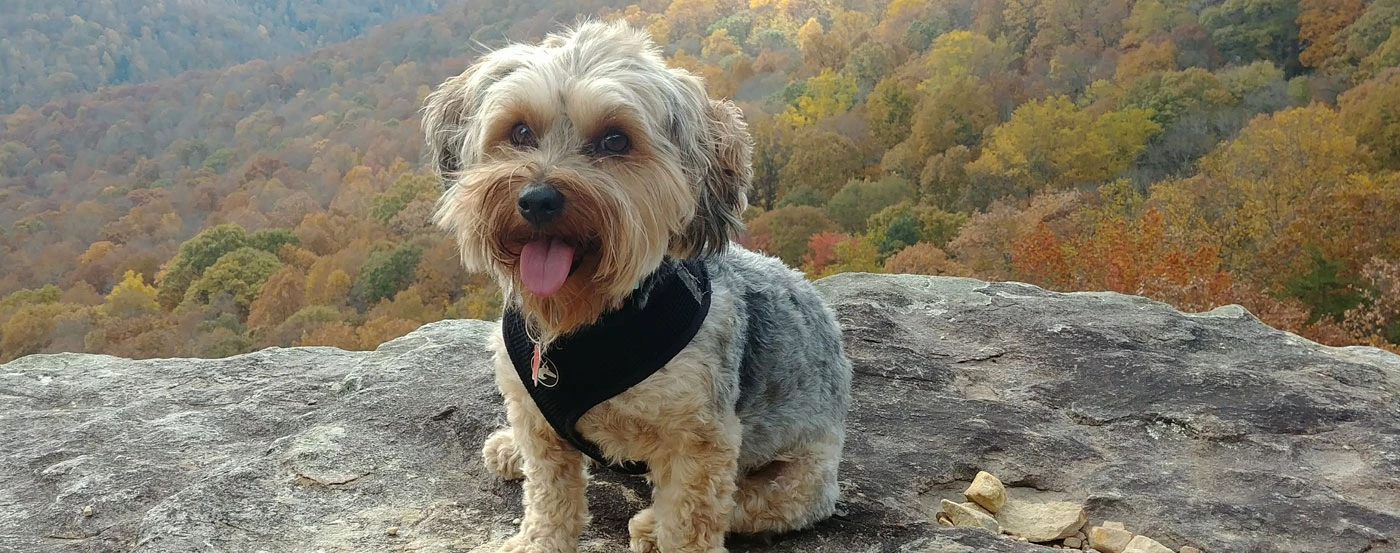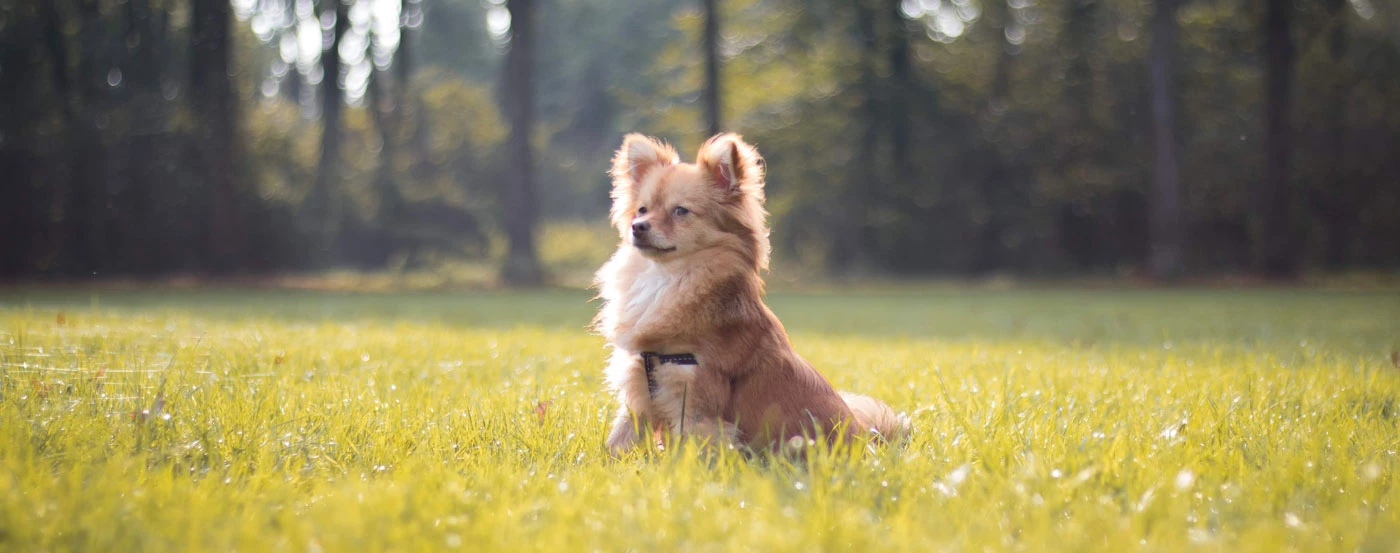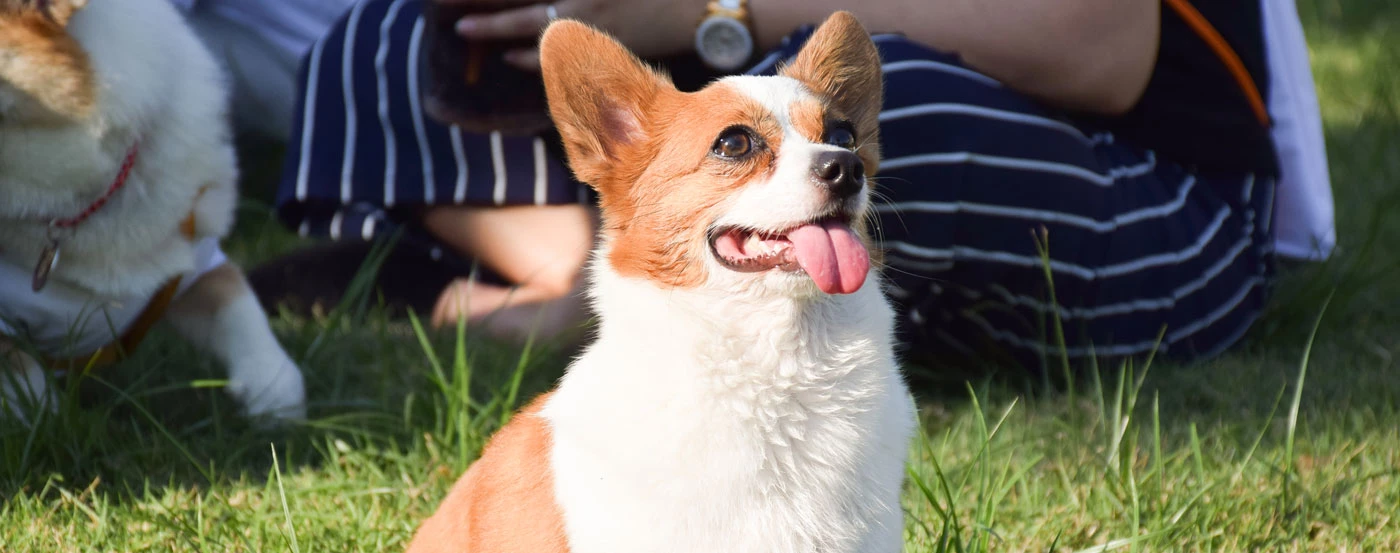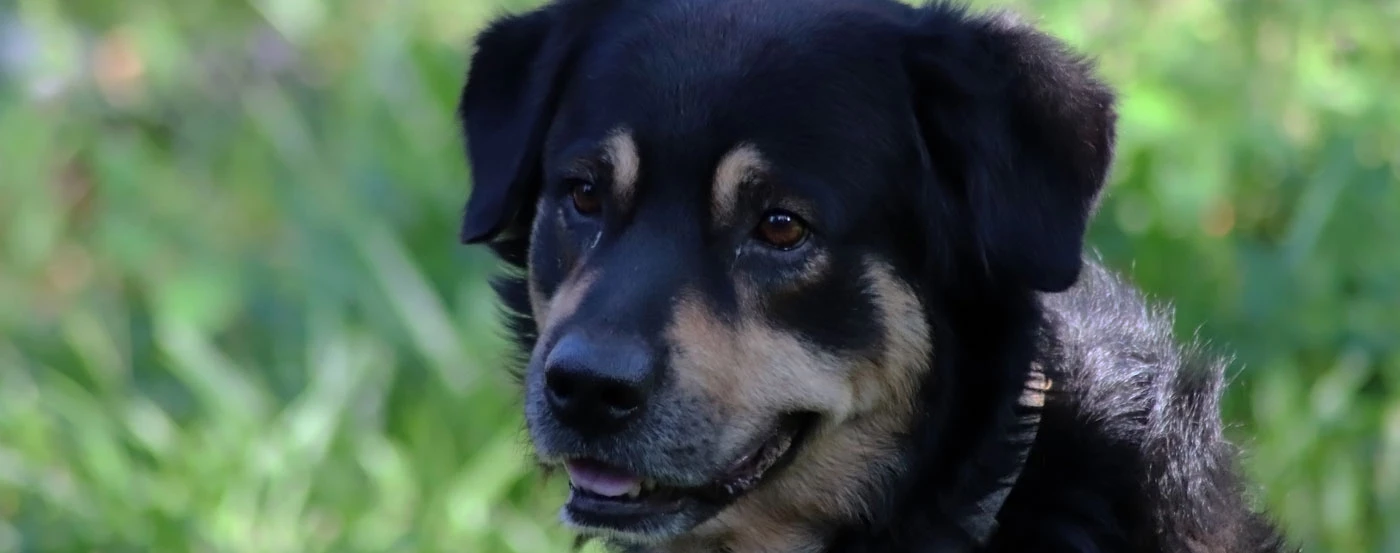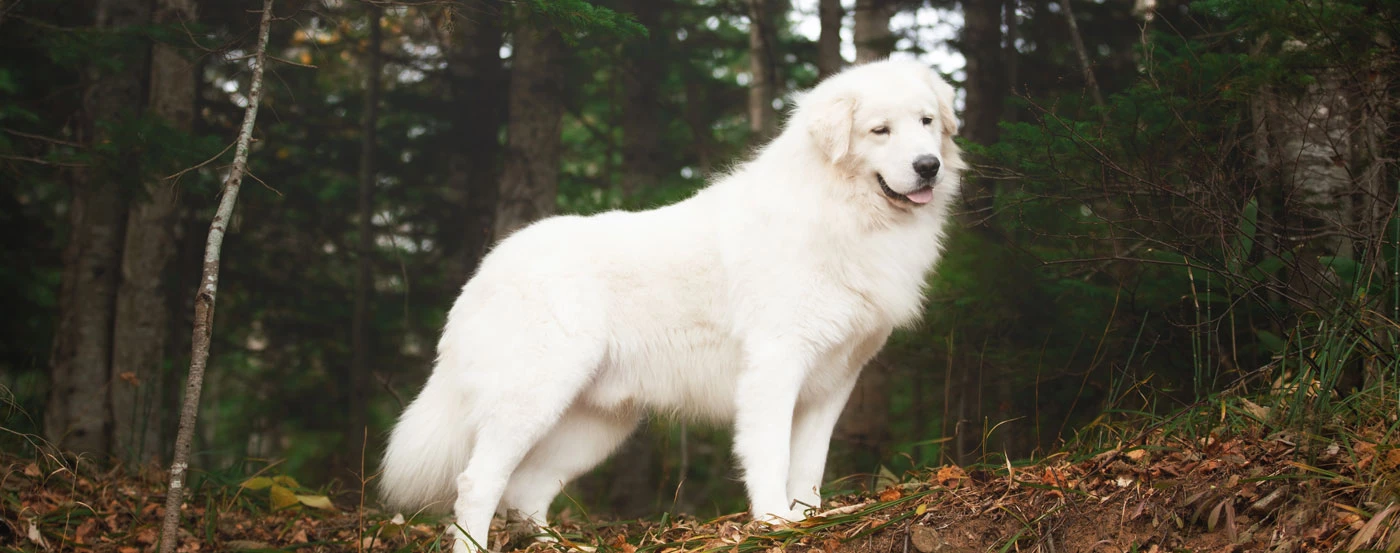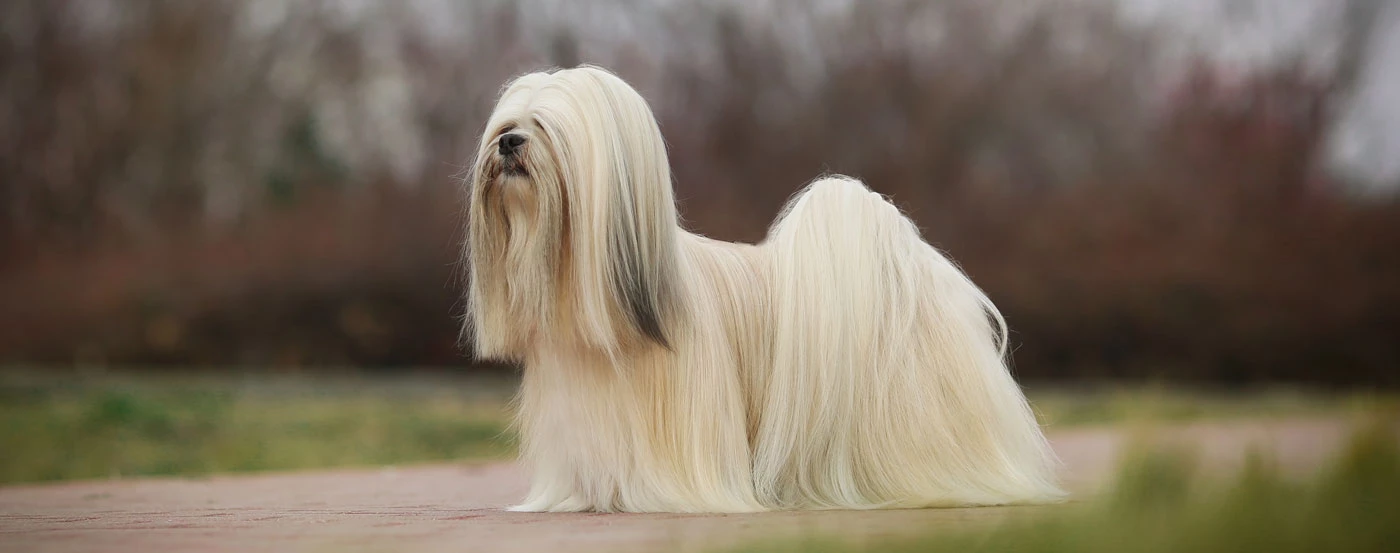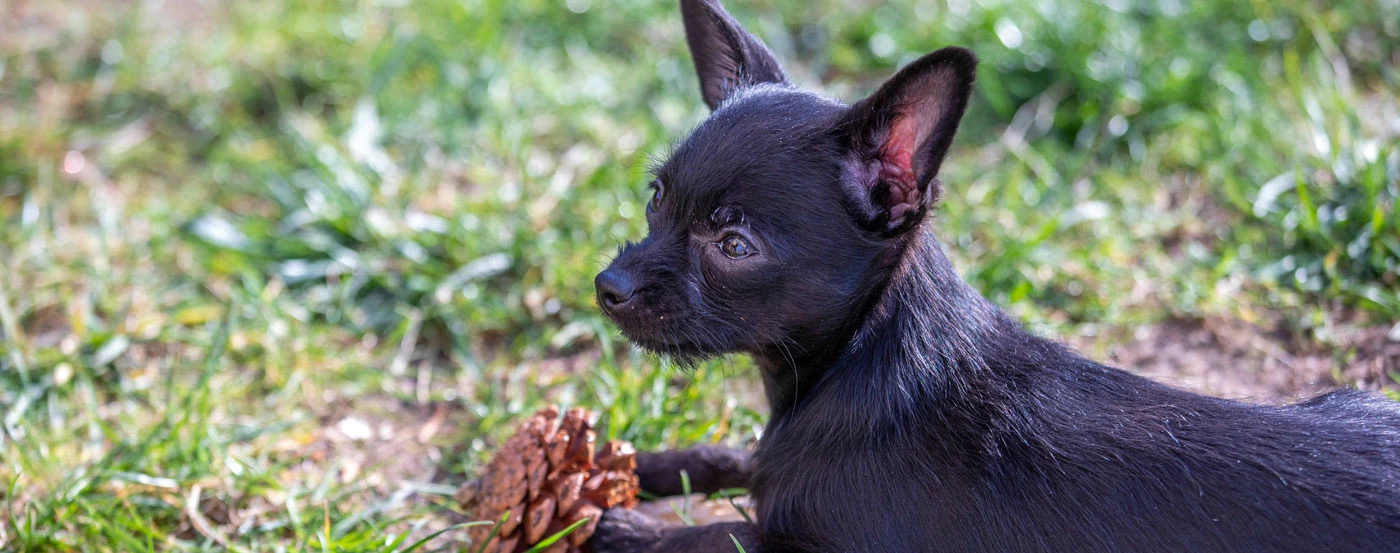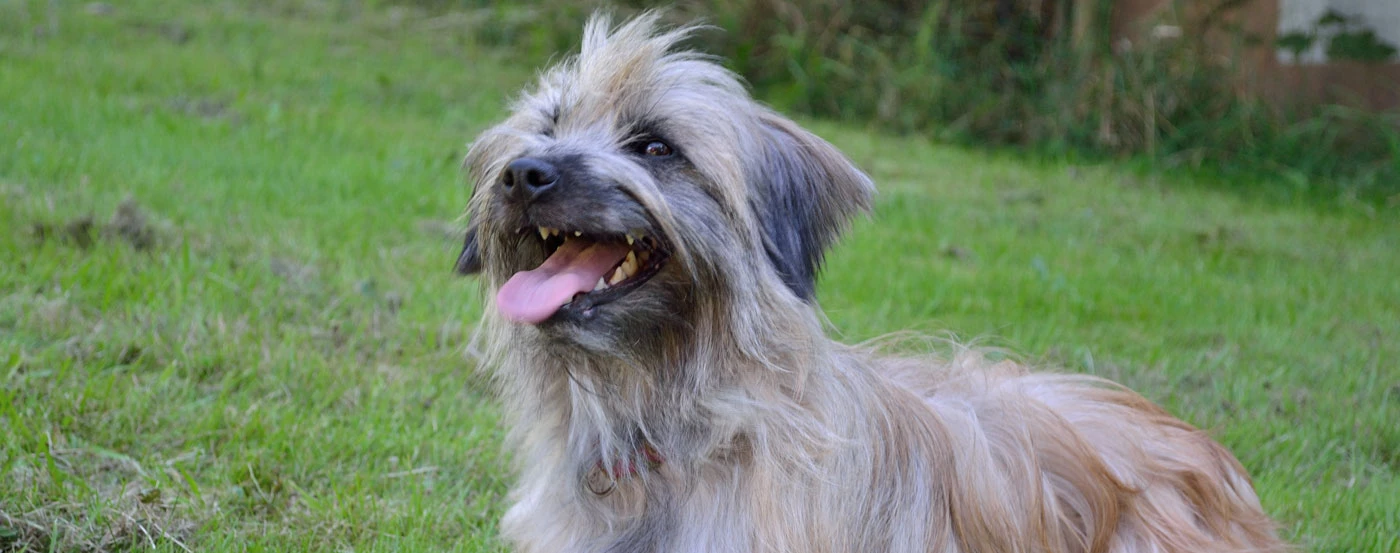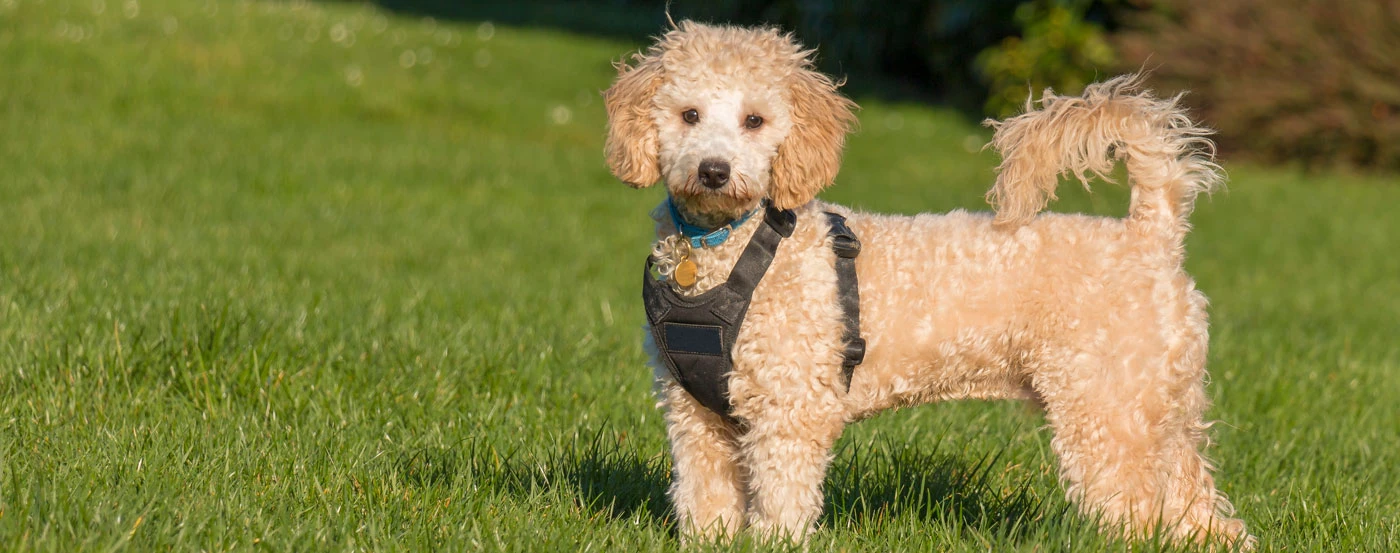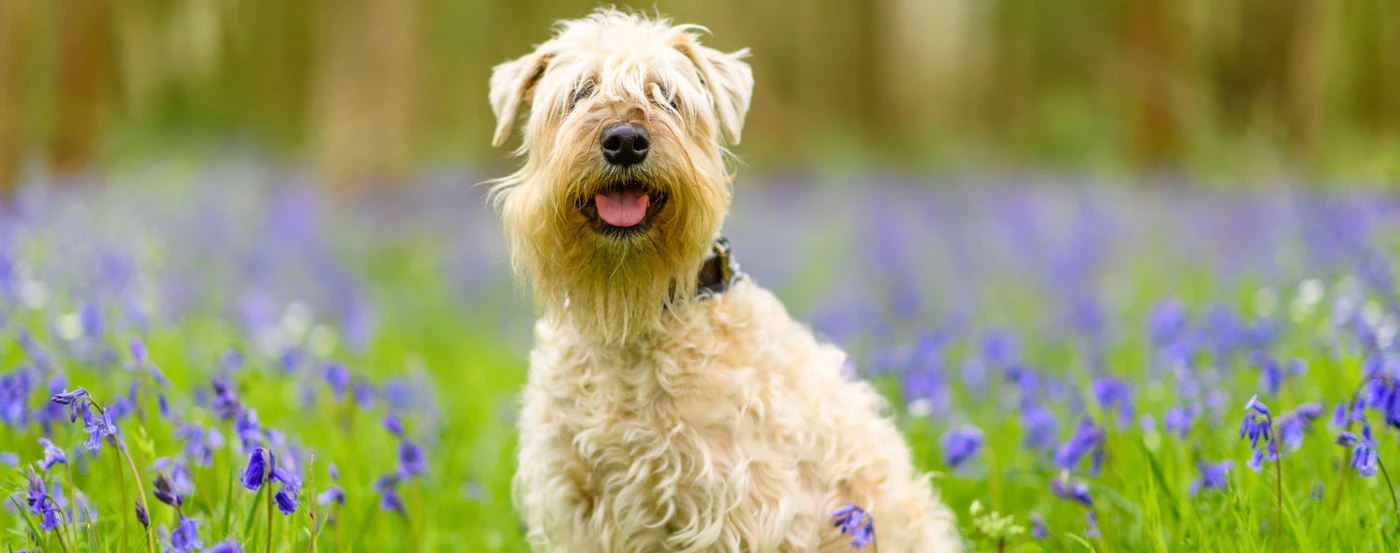About the Australian Terrier
Australian terriers are small, purebred dogs that originated in Australia. They are characterised by a short body, medium-length wiry coat and pointy ears.
These small dogs are excellent companions and are the smallest working terrier breeds. They have plenty of character, energy and brain-power.
Keep reading to find out more about this Australian breed.
Australian Terrier Gallery
What is the history & origin of the Australian Terrier?
The Australian terrier dog was first called the Rough Coated Terrier but was renamed in 1897. The breed has common ancestry with several other dogs in the terrier group, like the Dandie Dinmont terrier, Yorkshire terrier, and Cairn terrier.
Working terriers were brought to Australia by Europeans in the 19th century, which led to the development of the Australian terrier.
The dogs were bred to survive in various weather conditions and the harsh Australian environment. Bred to find and kill rats (something they were great at), these dogs quickly bonded with their owners and became well-loved pets and companions.
Australian terriers made their way to Europe, and travellers to the United Kingdom fell in love with the scrappy terrier. The dogs were exported to the United States in the mid-1900s and recognised by the American Kennel Club in 1977. It is the first Australian breed to be recognised by international kennel and breed clubs.
The love for these terriers has led to an Australian Terrier Club being formed in most countries where these dogs are bred.
Who are Australian Terrier dogs best for?
The Australian terrier does well in apartments as long as it gets adequate exercise and is taken on leashed walks. Their history as ratters makes the Australian terrier dog a flight risk off-leash because they have the habit of chasing anything that moves.
These terriers are good with children, showing an affectionate and playful temperament.
The Aussie Terrier will do well in an area with a fenced yard, someone that is home during the day (they love company), and that can provide them with mental stimulation each day.
How much grooming does a Australian Terrier need?
Although they have a double coat, Australian terriers are low maintenance when it comes to grooming. They barely shed any dog hair and only require occasional brushing to remove dead hair. The coat can be hand-stripped, and the hair around the eyes should be trimmed to ensure the dog can see.
The medium-length coat is prone to tangling, but a weekly brush is sufficient to prevent any knots.
Other grooming requirements include nail trimming, ear cleaning to prevent ear infections, and regular tooth brushing. Just like other dogs in the same size class, the Australian terrier can get dental infections without proper dental hygiene.
Do Australian Terrier bark much?
The Australian terrier is considered an average barker who will only bark occasionally. An adult dog can change its barks to make it clear what they are trying to say. Their top reasons for barking are to protect their family from a perceived threat, out of fear, if they are bored and looking for attention, if they have separation anxiety, or simply to say hello.
Do Australian Terrier bite?
Australian terriers are not known for their tendency to bite. A puppy might be a bit mouthy and try to nip and chew on things (including your hands). These are soft bites that are not intended to hurt. Biting behaviour can be discouraged through proper training from a young age.
The main reason an Australian terrier might bite someone is if they are in pain, being provoked or overexcited.
What is the temperament & personality of a Australian Terrier?
The Australian terrier temperament can be described as loving, affectionate, bright, brave and alert.
These dogs are tough and love playing. They are smart and enjoy training, making them obedient pets. These adventurous little terriers require daily exercise to keep their bodies and minds engaged.
They get on well with other dogs if properly introduced but could be reserved with strange people until they get to know them.
What is the weight & size of a Australian Terrier?
Weight:
6.8 - 9 kgs
Height:
25.4 - 28 cm
How much training does a Australian Terrier need?
The Australian terrier is intelligent ad responds well to positive reinforcement training.
These hardy dogs are popular choices for dog sports, as sports like agility keep the dog's body and mind active. As these dogs are eager to please, competing with them means they feel a closer bond with their owners.
Just like other terriers, the Aussie has a stubborn, independent streak. They do best if training sessions are short and interactive.
The hunting instinct of this ratter breed means that they can struggle to get along with other small animals. They also love chasing anything, meaning their recall ability is slightly lacking and should be worked on.
They get on moderately well with other dogs. Socialisation from a young age is incredibly important with this breed.
What are some of the most common health issues for a Australian Terrier?
The Australian terrier is a healthy dog with few health problems. Reputable breeders will do genetic tests on the breeding dogs to look for any hereditary issues, and the test results should be provided to potential owners.
Some common health conditions associated with Aussie terriers include:
Luxating Patella: This condition is commonly associated with small breeds. It causes the knee cap to slip and may require surgery.
Legg-Calve-Perthes Disease: This condition causes the hip joint to form incorrectly. It can be corrected through surgery.
Diabetes
What is the lifespan of a Australian Terrier?
The average life span of an Australian terrier is 11 to 15 years.
How much should you feed a Australian Terrier?
Australian terriers do well when fed high-quality dog food that is either prepared at home or commercially bought. These terriers love food, and free-feeding should be avoided. All meals should be portioned out carefully.
Aussie terriers can quickly become obese, so it is important to moderate treats (especially when training).
If you are uncertain about how much to feed your terrier, contact your vet for advice, or follow the feeding guides provided by your dog food manufacturer. Feeding should be in accordance with your dog's age and levels of activity; for example, a dog that does daily agility training will require more food than a dog that goes for a 20-minute stroll around the block.
What is the price of a Australian Terrier in Australia?
An Australian terrier puppy can cost anywhere from $1,400 to $2,100. The price of the pup will depend on the bloodline, breeder and age.
Pros
- Friendly with pets
- Keen watchdog abilities
- Adaptable to most climates
Cons
- Barks a lot
- Regular brushing and clipping of the wiry coat
- Needs lots of exercise need
